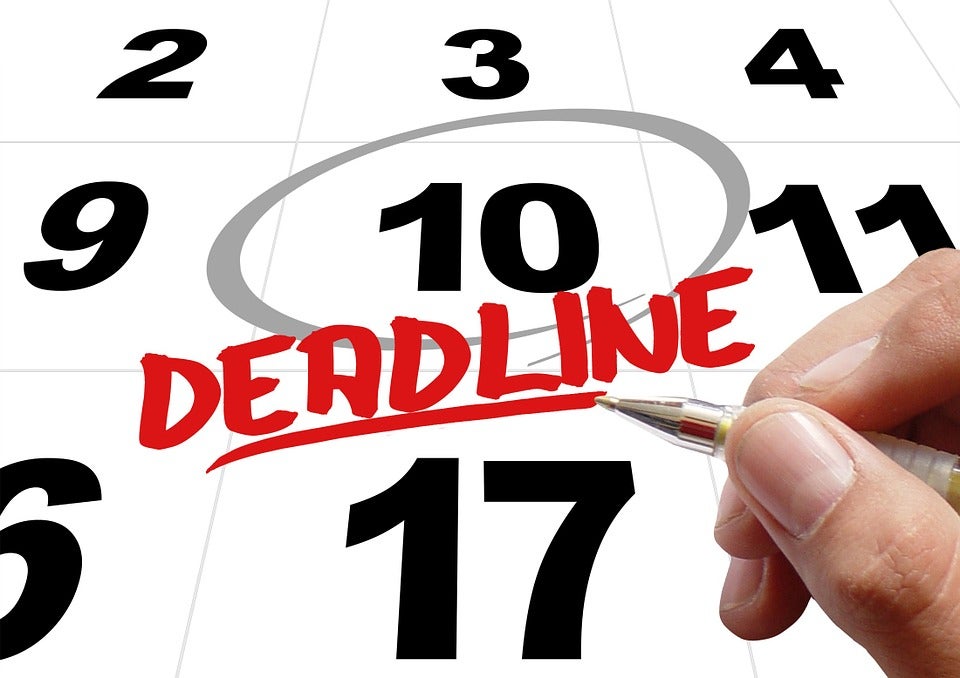It is the bane of every undergraduate student when it comes to written assignments: finding good sources. One of the biggest gripes that new students have is how long it takes to find the correct sources for their paper. Especially in the case of evidence-based writing, finding the right sources and using them, more often than not, takes up more time than actually writing the paper itself. Given these challenges, here a few tips on how to help you find and use those quality sources.
-
Start early

Retrieved from: Pixabay
The best piece of advice is to start your writing assignments early so that you have time to sift through the literature and find the best sources. Unfortunately, it is impossible to find good sources the night before an assignment is due, so starting a week or two earlier will help immensely.
-
Use scholarly search engines
Although very basic, this tip is very important. Search engines vary among discipline and it is essential to use one that is appropriate for your discipline. One way to find the right engine is using the Research and journal database from the University of Waterloo library. The engines are relatively easy to use and they can be a great resource for assignments that require you to find peer-reviewed journal articles.
-
Search for keywords
When you finally find an article, you can assess if it will be useful to your topic by searching for keywords. On a computer Ctrl+F (Command+F for mac users) can be really helpful for finding these keywords, and if they are nowhere to be found in the paper, you know right away that the article is not relevant.

Retrieved from: The Blue Diamond Gallery
-
Keep track of where to cite
It is better to mark a sentence that needs a citation as you write it. You can mark the sentence with parentheses at the end, which tells you that you need a citation there.
A good trick is to assign each of your sources a different letter. The letter is a placeholder for a specific source. Putting a letter in the parentheses tells you what source you are going to use there. A number after the letter can also make it even more specific by telling you what page of the source the information is on.
For example:
Amino acids are essential nutrients needed by all living things (A12).
The "A" is the letter of the source and the number 12 is the page number you can find the information being referred to.
Hopefully these tips come in handy the next time you have to hand in a ten-page assignment with references. These tips won’t help you write the paper, but at least you’ll have the references down.